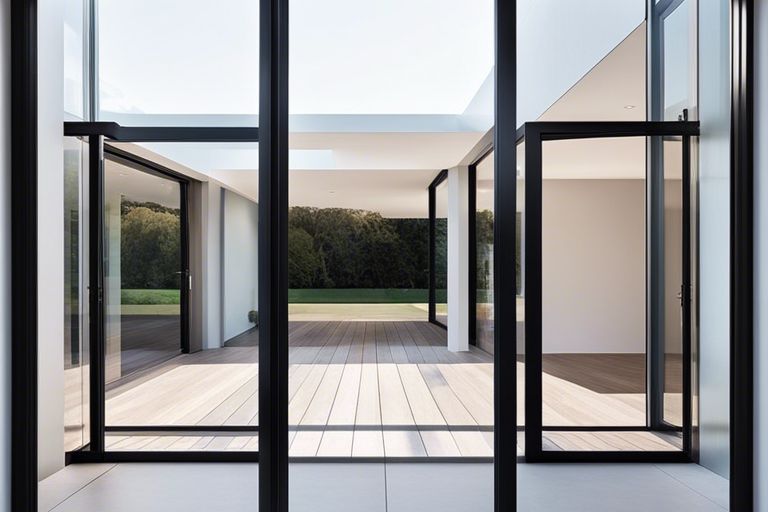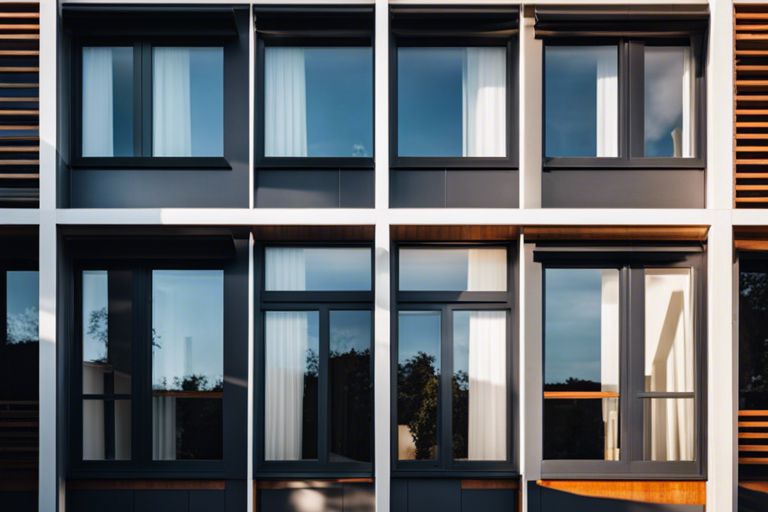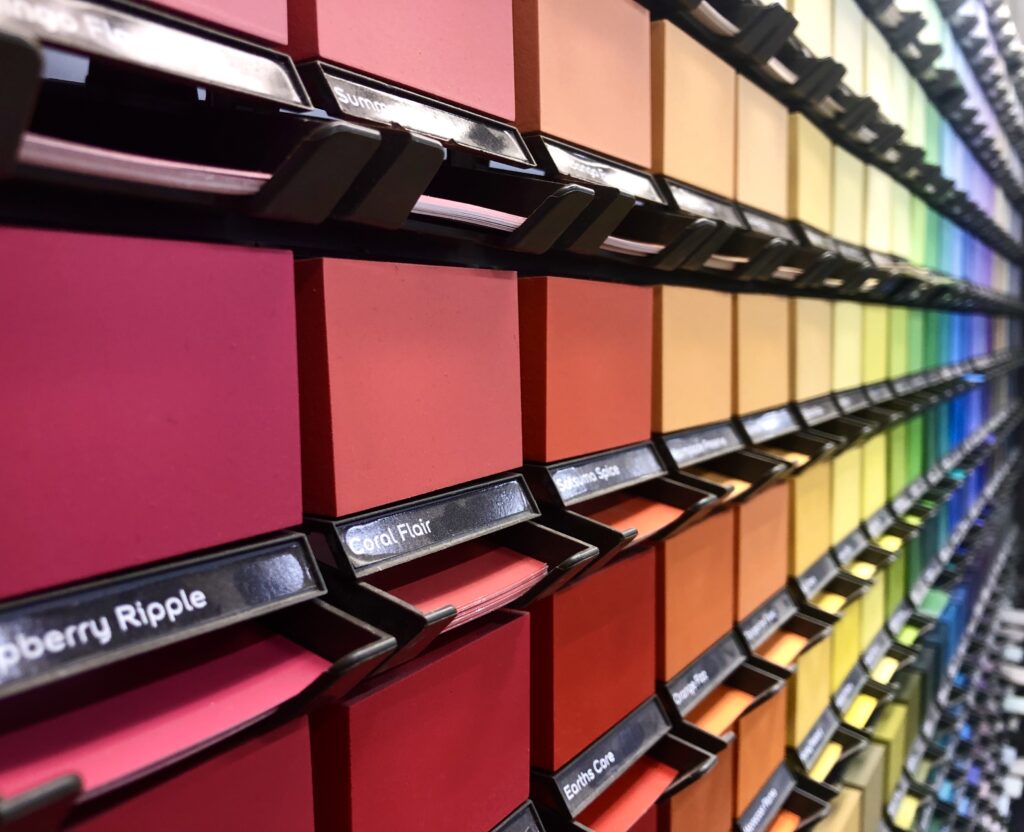When it comes to brightening up a room and adding a touch of modern style, flat rooflights are a popular choice for homeowners. However, with various types available in the market, it’s essential to understand the differences to make an informed decision. From fixed rooflights providing natural light without ventilation options, to opening rooflights offering both light and fresh air, each type serves a unique purpose. It’s crucial to consider factors such as insulation properties, safety features, and maintenance requirements before selecting the right flat rooflight for your home. Let’s examine into the world of flat rooflights to shed light on the different types and their benefits.
Key Takeaways:
- Fixed Flat Rooflights: Ideal for bringing natural light into a room, with a sleek and modern design.
- Opening Flat Rooflights: Provide both natural light and ventilation, perfect for spaces that require air circulation.
- Walk-On Flat Rooflights: Designed for roof terraces or areas where the rooflight will also be used as a flooring surface, offering a contemporary and functional solution.
Types of Flat Rooflights
When it comes to flat rooflights, there are several different types to choose from, each offering unique features and benefits. Understanding the various options available can help you make an informed decision that suits your specific needs and preferences.
- Fixed Flat Rooflights
- Opening Flat Rooflights
- Walk-On Flat Rooflights
Perceiving the differences between these types of flat rooflights can help you select the most suitable option for your property.
| Fixed Flat Rooflights | Opening Flat Rooflights |
| Provides a fixed, non-opening glazing solution | Allows for ventilation and rooftop access |
| Minimal maintenance required | Available in manual or electric opening options |
| Enhances natural light and views | Offers versatility in airflow control |
| Energy-efficient design | Can be integrated with rain sensors for automatic closure |
| Durable construction for long-lasting performance | Provides additional natural lighting to interiors |
Fixed Flat Rooflights
Fixed flat rooflights offer a sleek and modern aesthetic to any property while maximising natural light intake. These rooflights are ideal for spaces where ventilation is not a priority but visibility and illumination are key. They are often favoured for their low-maintenance requirements and energy-efficient properties, making them a practical choice for many homeowners.
Opening Flat Rooflights
Opening flat rooflights provide the convenience of ventilation and easy rooftop access, in addition to enhancing natural lighting and airflow control within a space. Available in manual or electric opening options, these rooflights offer versatility in operation to suit individual preferences. They can also be integrated with rain sensors for automatic closure in case of inclement weather.
For those seeking a balance between functionality and aesthetics, opening flat rooflights are a popular choice. Their ability to combine practical features with stylish design elements makes them a versatile option for both residential and commercial properties.
Walk-On Flat Rooflights
Walk-on flat rooflights are designed to create a stunning visual impact while providing a safe and sturdy surface for walking or placing objects on the roof. These rooflights are ideal for outdoor terraces, balconies, or rooftop gardens, allowing natural light to flood the space below. Their durable construction ensures long-lasting performance and adds a touch of luxury to any property.
Walk-on flat rooflights offer a unique way to enhance the aesthetics and functionality of outdoor spaces, providing a seamless integration of natural light and design elements. Whether used in residential or commercial settings, these rooflights can transform a standard roof area into a stylish and practical feature that adds value to the property.
Materials and Glazing Options
When it comes to flat rooflights, the choice of materials and glazing options plays a crucial role in determining the performance, aesthetics, and overall quality of the rooflight. Understanding the different materials and glazing options available can help you make an informed decision for your project.
Glass Varieties
There are various glass varieties that can be used for flat rooflights, each offering different benefits. Laminated glass is a popular choice due to its safety features – if broken, the glass remains in place, reducing the risk of injury. Low-E glass is ideal for energy efficiency, helping to keep your space well-insulated and reducing heat loss. Self-cleaning glass is another option, which uses a special coating to break down dirt and reduce the need for manual cleaning.
Frame Materials
When selecting frame materials for flat rooflights, there are a few options available, each with its own advantages. Aluminium frames are lightweight, durable, and require minimal maintenance, making them a popular choice for modern designs. UPVC frames are cost-effective and offer good thermal performance. Timber frames provide a natural aesthetic and excellent insulation properties, but may require more upkeep to maintain their appearance.
It is important to consider the location and surrounding environment when choosing frame materials for flat rooflights. Areas with high exposure to harsh weather conditions may require more durable materials, while those seeking a traditional look may opt for timber frames despite the maintenance they entail.

Installation Considerations
Structural Requirements
When installing flat rooflights, it is crucial to consider the structural requirements of the building. The roof must be able to support the weight of the rooflight, as well as any additional loads such as snow or maintenance workers. It is essential to consult with a structural engineer to ensure that the roof can safely accommodate the installation without compromising its integrity.
Additionally, the surrounding structure must be able to support the rooflight frame. Proper reinforcement may be needed to distribute the weight and prevent any potential issues such as sagging or leaks. This is particularly important for larger rooflights or installations in areas prone to heavy snowfall or strong winds.
Weatherproofing and Insulation
Ensuring proper weatherproofing and insulation is essential when installing flat rooflights. The rooflight must be fully sealed to prevent any water ingress, which can lead to damage and leaks. Using high-quality sealing materials and following manufacturer guidelines is crucial to maintain a watertight seal.
Proper insulation is also important to prevent heat loss and maintain energy efficiency. A well-insulated rooflight can help reduce energy costs and create a more comfortable indoor environment. It is recommended to use insulation materials that are durable and resistant to moisture to ensure long-term performance.
When it comes to weatherproofing and insulation, attention to detail is key. Even the smallest gap or inadequate insulation can lead to significant issues over time, so it is important to thoroughly check and address any potential weak points during the installation process.

Maintenance and Durability
When it comes to flat rooflights, maintaining them properly is vital to ensure their durability and longevity. Proper maintenance not only enhances the aesthetic appeal of your property but also prevents potential issues that could arise from neglect.
Cleaning and Care
To maintain the performance and longevity of flat rooflights, regular cleaning and care are essential. Clean the glass surfaces of the rooflight using a mild detergent and water solution, then rinse thoroughly to avoid streaking. Inspect the seals and gaskets for any signs of wear or damage, and if any issues are found, seek professional assistance to repair them promptly.
Prevent debris buildup and ensure proper drainage to avoid water pooling on the rooflight. Trim nearby trees to prevent branches from scratching the surface and remove leaves and other debris regularly to prevent blockages. By following a routine cleaning and care schedule, you can extend the lifespan of your flat rooflights and ensure they continue to perform optimally.
Lifespan and Warranty
Flat rooflights are designed to last for many years, providing a durable and aesthetically pleasing solution for your property. The lifespan of a flat rooflight can vary depending on factors such as the quality of materials used, installation, and maintenance. Most reputable manufacturers offer warranties to cover defects in materials and workmanship, providing you with added peace of mind.
It is crucial to understand the warranty terms and conditions that come with your flat rooflight, including any maintenance requirements to keep the warranty valid. Regular inspections and maintenance can help identify any issues early on, allowing you to address them before they escalate. By following manufacturer guidelines and investing in proper care, you can enjoy the benefits of your flat rooflights for many years to come.

Understanding the Different Types of Flat Rooflights
As a final point, having a good understanding of the different types of flat rooflights available can help you make an informed decision when choosing the right one for your property. Whether you opt for fixed, opening, walk-on, or lantern rooflights, each type offers its unique benefits and features. By considering factors such as your budget, desired functionality, and aesthetic preferences, you can select the most suitable rooflight to enhance natural light and ventilation in your space. Remember to consult with a professional to ensure proper installation and to maximise the benefits of your chosen flat rooflight.
FAQ
Q: What are the benefits of fixed flat rooflights?
A: Fixed flat rooflights provide a seamless and modern design, allowing natural light to flood into the room without compromising on thermal efficiency. They are easy to install and maintain, making them a popular choice for residential and commercial buildings.
Q: How do opening flat rooflights differ from fixed ones?
A: Opening flat rooflights offer the added benefit of ventilation and roof access. They can be manually or electronically operated, allowing for increased control over airflow and natural light. Opening flat rooflights are ideal for areas that require both light and fresh air.
Q: What is the difference between glass-only and frameless flat rooflights?
A: Glass-only flat rooflights feature minimal framing, offering uninterrupted views of the sky and surrounding environment. On the other hand, frameless flat rooflights have no visible frame from below, creating a truly frameless appearance. Both options enhance the aesthetics of a building while maximising natural light intake.






